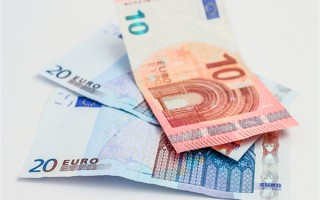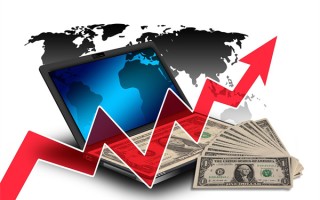Understanding Instant Exchange Rates: FAQs for Global Transactions
Instant exchange rates play a crucial role in global financial transactions, offering real-time currency conversions that are essential for businesses and individuals alike. Whether you're planning an international trip, engaging in cross-border trade, or simply curious about the latest currency values, understanding how instant exchange rates work is vital. Below, we've compiled a list of frequently asked questions to help clarify the intricacies of instant exchange rates.

What is an instant exchange rate?
An instant exchange rate refers to the current market rate at which one currency can be exchanged for another at any given moment. This rate is determined by the supply and demand for currencies in the global foreign exchange market. Unlike fixed exchange rates, which are set by governments or central banks, instant exchange rates fluctuate continuously based on market conditions.
How does an instant exchange rate differ from a spot rate?
While the terms "instant exchange rate" and "spot rate" are often used interchangeably, there is a subtle difference. The spot rate specifically refers to the exchange rate for a currency pair that is to be settled on the spot, meaning within two business days. An instant exchange rate, on the other hand, can be executed immediately, without the need for a two-day settlement period. Both rates are influenced by the same market forces but can vary slightly depending on the financial institution or service provider.
What factors influence the value of an instant exchange rate?
The value of an instant exchange rate is influenced by a variety of factors, including economic indicators, political stability, interest rates, and market sentiment. For instance, if a country's economy is performing well, its currency may strengthen against others. Similarly, political instability or negative economic news can weaken a currency's value. Central bank policies, such as interest rate adjustments, also play a significant role in determining currency values.
Why might the rate I receive be different from the advertised exchange rate?
There are several reasons why the rate you receive for an exchange might differ from the advertised rate. Financial institutions often add a margin or spread to the spot rate to cover their costs and generate profit. Additionally, transaction fees, processing times, and market volatility can all contribute to the discrepancy between the advertised rate and the actual rate received. It's important to understand these factors when planning your currency exchange to avoid surprises.







